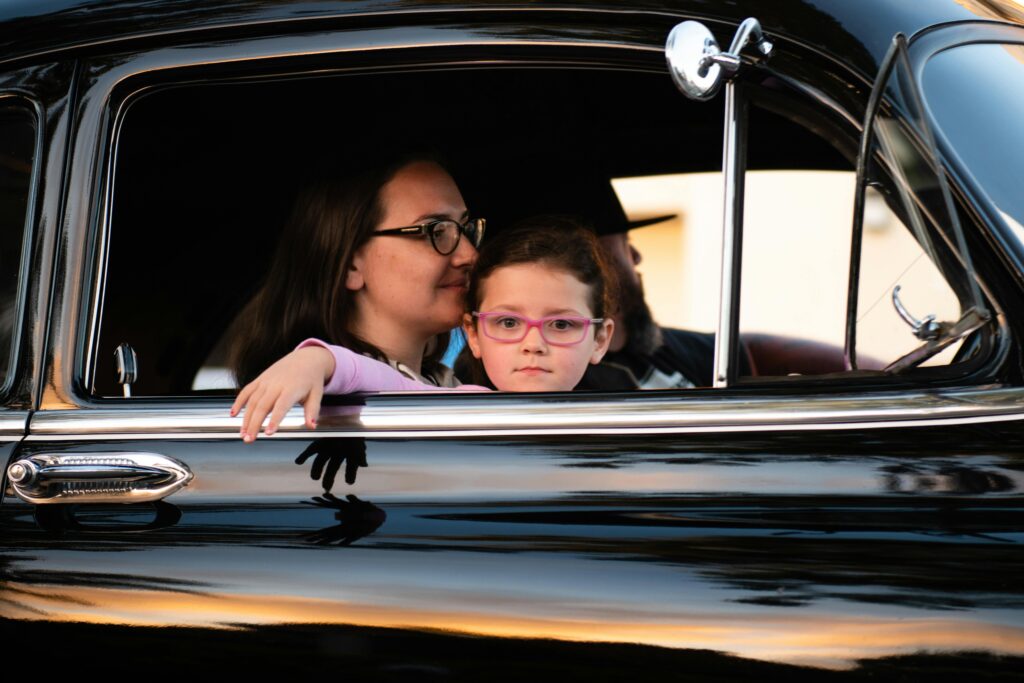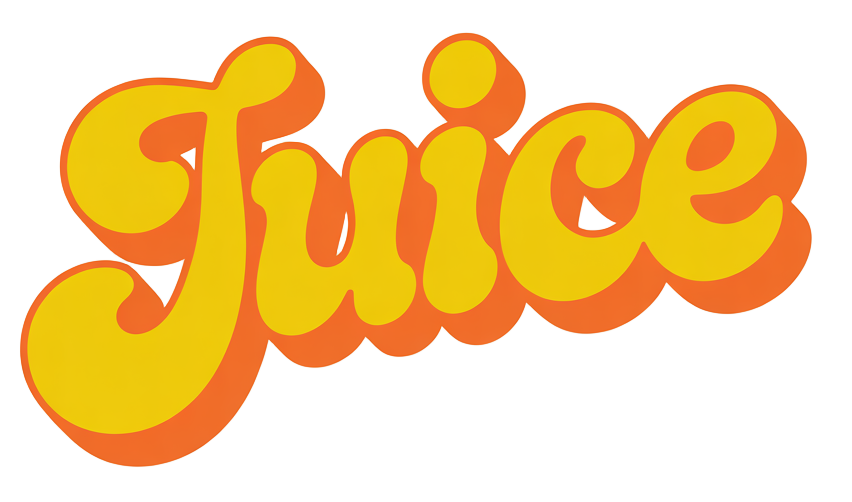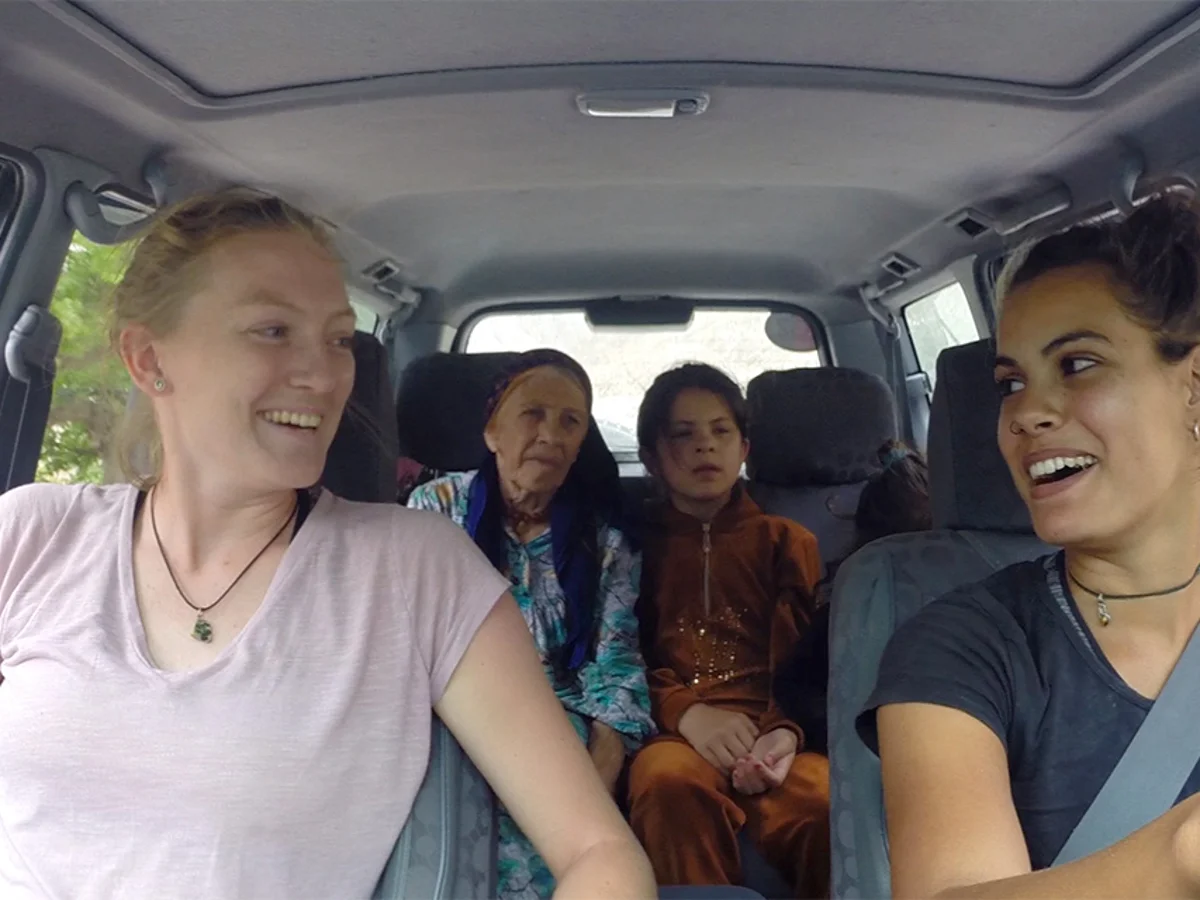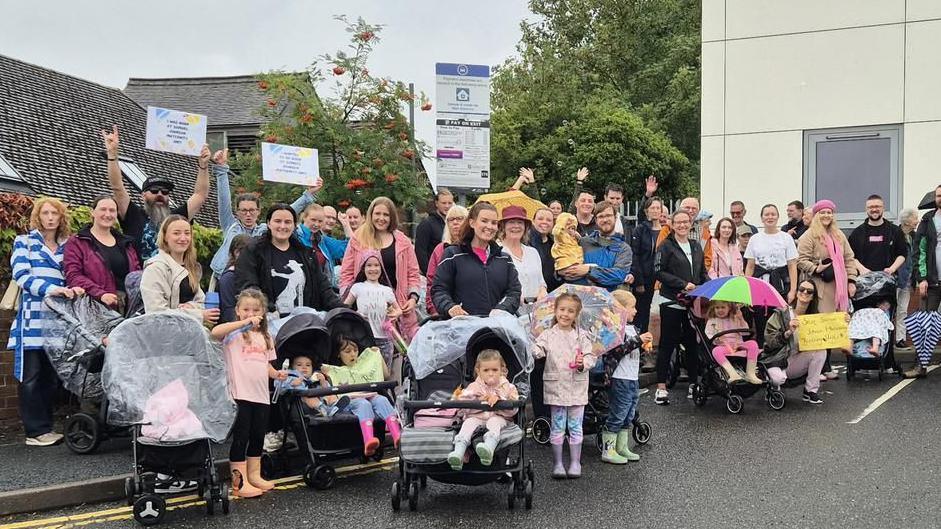It used to be a familiar stereotype: mums, minivans, carpool duty, always behind the wheel but
never truly driving their own narrative. But now, a new generation of mothers is shifting that
story — literally. Mums across the UK are stepping into driver’s seats with purpose, embracing
freedom, independence, and a rejection of outdated gender roles.
Because motherhood doesn’t need to mean giving up autonomy. Often, it becomes the very fuel
that drives women to demand more control — on the road and in life.
The Change You Can Feel on the Road
You start noticing it if you pay attention: teenage drivers in SUVs zooming past, strollers
strapped on backseats, toddlers pointing out windows. But it’s more than just a scene. The
numbers back it.
Recent data (DVLA, Department for Transport) shows that female licence holders under 30 are
rising at a faster rate than male. Women are more likely to take on longer distances, ride-share
duties, school drop-offs, and job commuting by car. The gap in driving licence rates between
men and women has steadily narrowed.
And for mums, driving is no longer just utility — it’s symbolic. It’s saying: I am my own lifeline.
What’s Driving the Movement?
- Freedom & Independence
For many mothers, driving unlocks autonomy. No longer reliant on buses, schedules, partners or
weather conditions, they control when, where, and how they travel. For single mums or those
with multiple child care stops, being behind the wheel can mean the difference between
flexibility or chaos. - Breaking Gender Norms Decades ago, it would’ve raised eyebrows if a mum said she enjoyed driving fast or tinkering
- under the bonnet. Now, women mechanics, racing schools, car groups — these are all
- becoming less fringe and more accepted. Moms pushing past the “passenger seat” stereotype
- changes culture bit by bit.
- Safety & Practicality
Public transport doesn’t always feel safe or convenient, especially late at night or in remote
suburbs. Driving gives control over safety — you choose your route, vet who rides with you,
avoid dark alleys or unsafe bus stops. For mums returning from evening shifts, school events, or
late errands, that control is powerful. - Career, Side Hustle & Mobility
Remote work is real, but some jobs still require travel. Mums juggling childcare and work
increasingly say driving expands their options — home tutoring, flexible job gigs, part-time roles
in further away areas. Driving becomes a door-opener instead of a burden.

Real Voices: Mums Behind the Wheel
● “Before I had my son, public transport was fine. But now? School pickups, extra
curriculars, errands after dark — I rely on my car like a lifeline.”
● “I did a car maintenance course so I’d feel confident in emergencies. Society says mums
don’t need to know that. Screw that.”
● “When people assume I can’t drive big SUVs or park tight — I always smile. Then I
prove them wrong.”
These voices push back on the idea of women as delicate passengers, not capable drivers.
The Obstacles Still in the Way
Of course, this shift isn’t without friction.
● Cost & access: Cars, insurance, fuel — these aren’t cheap. Mums on tight budgets or in
social housing areas may struggle to access vehicles.
● Cultural resistance: Some relatives or communities still expect women to defer driving;
you hear things like, “Are you sure you want to drive that?” or “Let me take over, you’ve
got enough to do.”
● Confidence gap: Some women report hesitation due to lack of experience, fear of
breakdowns, or worry about driving in adverse weather.
● Safety concerns: Especially mothers in urban areas express worry about road danger,
parking, kids’ safety in traffic, and aggressive drivers.
Scenes That Capture the Movement
Imagine a route through suburbia: prams folded in trunks, booster seats strapped in back, a
mother deftly changing lanes to beat school traffic. She pulls up, hops out, secures a child,
checks mirrors, moves on to drop off, then heads to an evening meeting — all on her own
schedule.
Or consider mothers mapping “safer routes” to school — avoiding busy roads, poor lighting, or
places that feel sketchy after dark. Their GPS is often a safety tool, not just a convenience.
Playdate convoy scenes: a group of mums caravanning, meeting mid-route rather than one
parent doing all the traveling. That rearranges burden, solidarity in motion.
What This Community Wants — Change on All Fronts
Mum drivers are demanding more than acknowledgment; they want infrastructure,
representation, and respect.

- Better road safety & parenting design
Streets built for children, safer crossings, traffic calming on school zones, better
sidewalks. When roads don’t account for stroller width, that’s design failing mothers. - Accessible training & support
Free or subsidised driving lessons, women-only workshops on car maintenance,
confidence-building programs in rural and disadvantaged areas. - Insurance equity & parental discounts
Many mothers report increased premiums or disqualifying claims because insurers
assume mothers drive more cautiously — or conversely, drive more miles. Insurance models should reflect individual behavior, not stereotypes. - Cultural visibility
Mums as car enthusiasts deserve representation — in adverts, motor shows, public
narrative. We need to see mothers driving EVs, tackling off-road terrain, owning city
parking maneuvers. - Policy & transport integration
Urban transport policy should include moms who drive — eg: safe drop-off zones at
schools, subsidised child seats, safe parking policies.
Why This Shift Matters Beyond Motherhood
When mums drive, communities shift too. Roads become safer for everyone — children, elderly,
cyclists — because roads built by mothers tend to consider vulnerability.
When more women assert vehicle autonomy, car culture evolves. Automotive marketing, safety
design, and transport planning must respond.
Also, the freedom mums gain often redistributes opportunity — from job flexibility to civic
engagement, from being physically present in neighbourhoods to having the agency to act in
their children’s futures.
The Takeaway
Mums behind wheels isn’t just a trend — it’s a redefinition. It’s rewriting old narratives: that
women or mothers can’t handle driving, that their place is in the passenger seat.
With each turn of the ignition, every mapped route, and every confident parking job, mothers
assert a truth: they are drivers, decision-makers, protectors, and change agents.
So next time a car pulls up to school with a mother behind the wheel, know that she’s not just
running errands — she’s reshaping expectations, paving roads for her child and refusing to be
driven by outdated norms.





